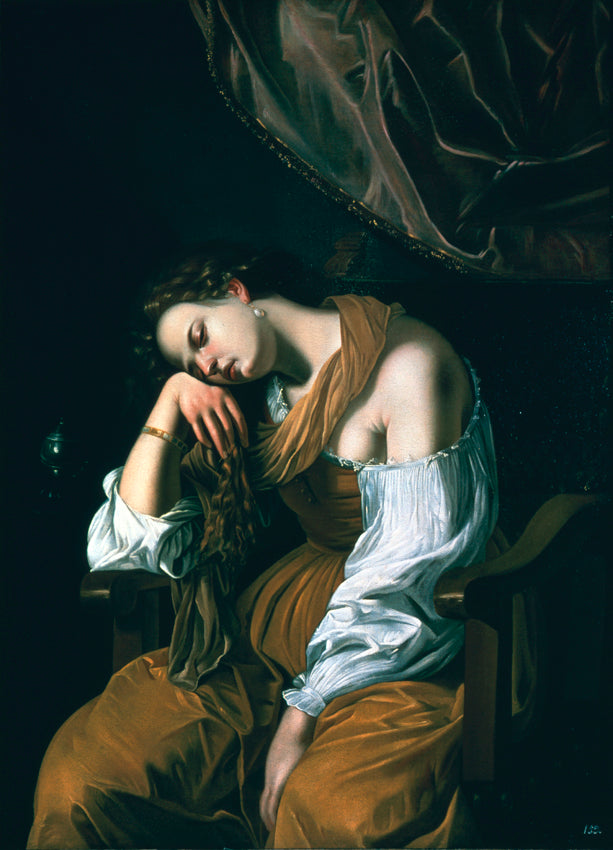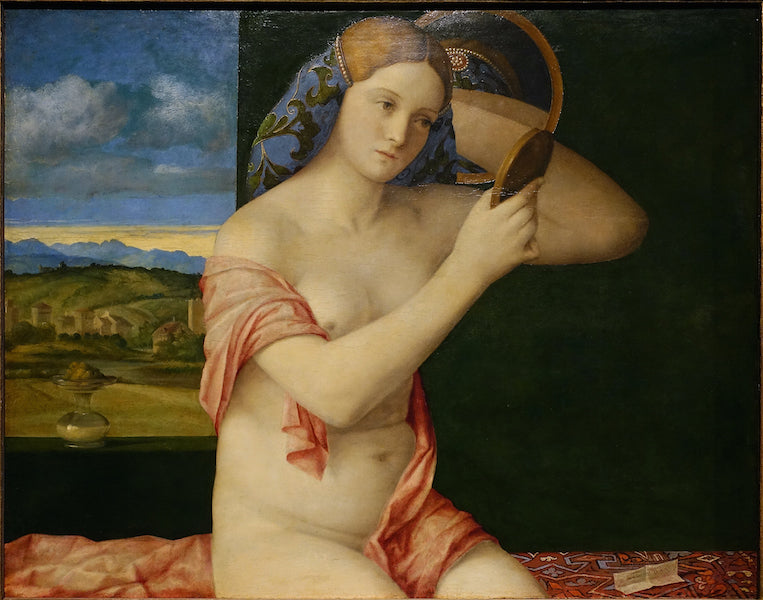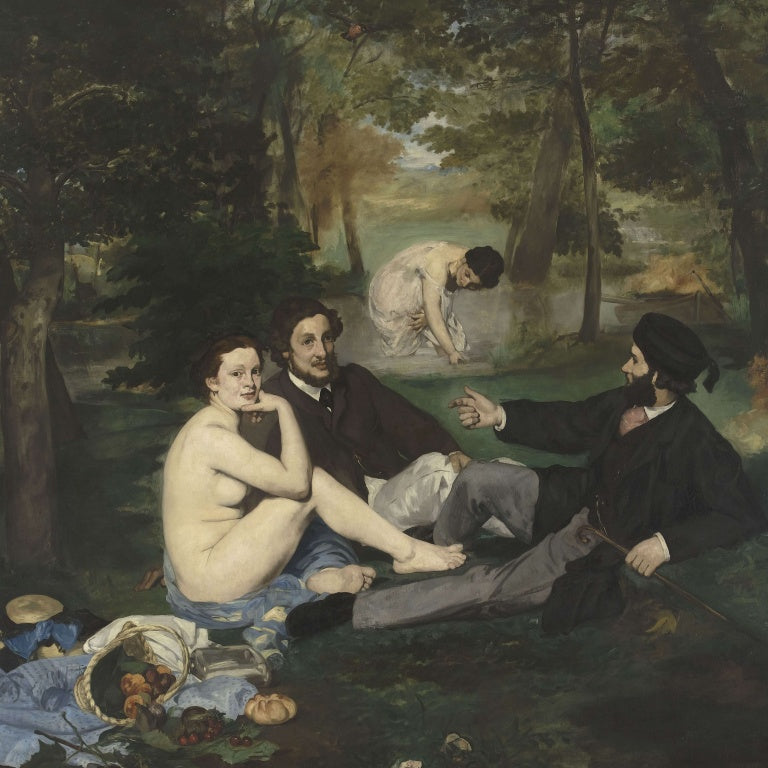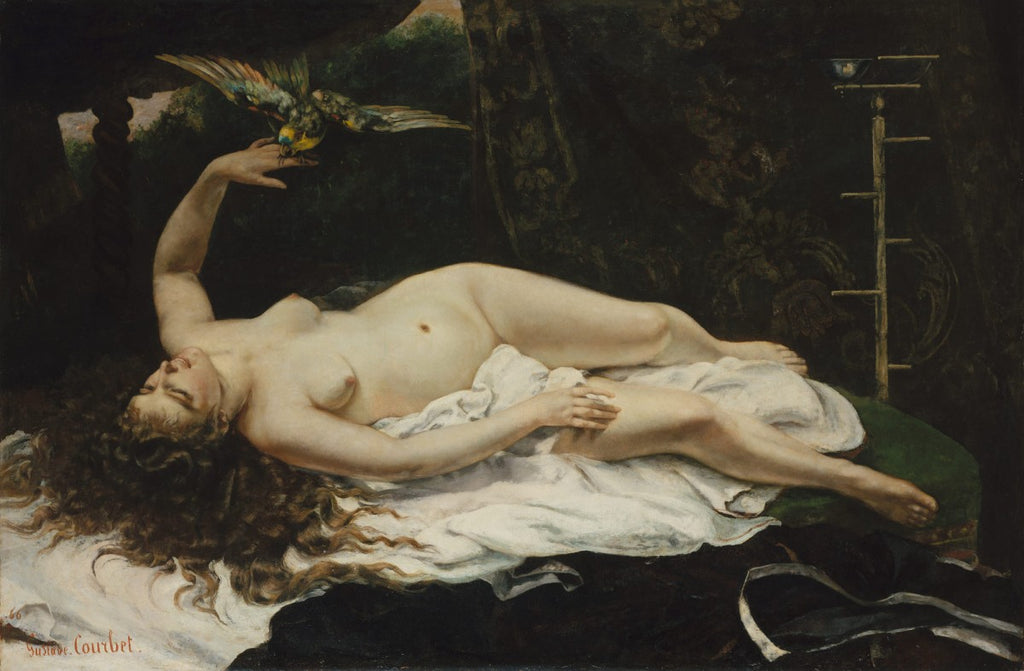Curves in Art – 5 Women to Remember
In the body image discussion, Peter Paul Rubens and his “rubenesque” subjects still play an important role. The portrait of his teenage wife, Hélène Furment, in a fur robe, the Maria de Medici cycle, and his numerous female nudes reveal a voluptuousness we still aren’t used to acknowledge in today’s world, and that still raises questions and debates.
Barely covered by folds of satin, or revealing their breasts in luxuriously tailored dresses, these women took the Renaissance nude to a new, Baroque vision of flesh and eroticism. They reflect a time when thinness signaled poverty and weakness of many sorts, while youth and prosperity were associated with strong, solid bodies.
Placed in the context of art along the centuries, they are a celebration of the beauty and diversity of human form. But they are not alone, so here’s 5 other women in paintings whose curves we consider hard to forget:
Bellini was the official painter of the Republic of Venice, and together with his pupils, Giorgione and Titian, he started the Venetian High Renaissance. His work focused keenly on religious subjects. That’s why this portrait he painted a year before his death, and which is thought to represent the beauty of art, is all the more special.Giovanni Bellini – Young Woman at Her Toilette, 1515

Artemisia Gentileschi – Mary Magdalene as Melancholy , 1622-1625
Born in Rome, Artemisia was the daughter and apprentice of painter Orazio Gentileschi. When she was 18, she was raped by Agostino Tassi, a collaborator of her father who had been brought to teach Artemisia the art of perspective.
Soon after, she moved to Florence where she joined the Academy of Design, the first woman to do so. Her career took flight, with nothing but women and their stories at the center of her creation. The tragedy of her teenage years and the traumatising seven-month trial that followed are said to have fueled the darkness and fierceness of her art, but some of it is also due to her admiration of Caravaggio.
Although 18th and 19th century scholars omitted her from art historical texts, she is now the most celebrated female artist of the 17th century. As many of her paintings, this representation of Mary Magdalene is thought to be a hidden self-portrait.

Angelica Kauffmann – Ariadne Abandoned by Theseus, 1774
One of the most accomplished female artists of the late 18th century, Swiss-born Angelica Kauffman was a founding member of the Royal Academy of Arts in London alongside Mary Moser, the only other woman among its many members.
In a male-dominated art world where history painting was classified as the most elevated category (and something women were not supposed to be interested in, just like they weren’t allowed to study anatomy and the nude), Kauffman called herself a history painter and managed to build an unquestionable reputation as one. The theme of a woman’s sorrow and abandonment is present in many of her Neoclassical paintings.
Edouard Manet – The Luncheon on the Grass, 1862
Manet’s most notorious painting, Le Déjeuner sur l’Herbe, scandalised the French public and was rejected from the Paris Salon of 1863. Inspired by two 16th-century Italian works of art – The Pastoral Concert by Titian and The Judgment of Paris by Marcantonio Raimondi –, Le Déjeuner was a large-scale refusal to conform to academic conventions and expectations.
This image of naked and scantily-clad women sitting joyously in the grass, next to clothed, bourgeois men, hinted to their promiscuity. Nudes were alright with doors closed or as things of mythological, allegorical beauty, but such relaxed eroticism in an ordinary, outdoor setting was a reason for outrage. And a brilliant way to move on to Impressionism.
Gustave Courbet – Woman with a Parrot, 1866
Unlike The Sleepers and The Origin of the World, which were painted the same year for the private eyes of the very rich diplomat Halil Şerif Pasha, these curves didn’t have to wait more than a century to be publicly displayed in France.
When Woman with a Parrot was shown at Paris Salon, Courbet was judged by the critics for his “lack of taste”, and his model came under scrutiny for her “ungainly” pose and “disheveled hair.” The blatant sexuality of her sprawling on the rumpled white sheet was in no way worthy of academical appreciation.
Yet the picture had its select fans: fellow art rogue Édouard Manet painted his own version of the subject and Paul Cézanne apparently carried a small photograph of the work in his wallet.

 Giovanni Bellini – Young Woman at Her Toilette, 1515
Giovanni Bellini – Young Woman at Her Toilette, 1515
 Edouard Manet – The Luncheon on the Grass, 1862
Edouard Manet – The Luncheon on the Grass, 1862 Gustave Courbet – Woman with a Parrot, 1866
Gustave Courbet – Woman with a Parrot, 1866










